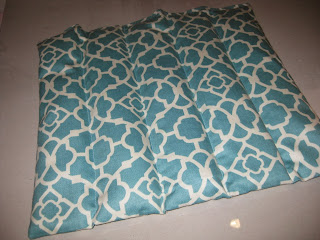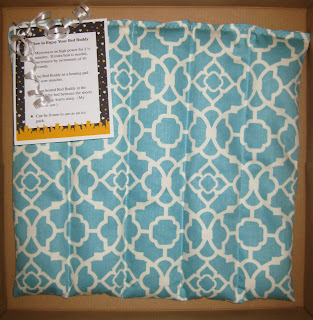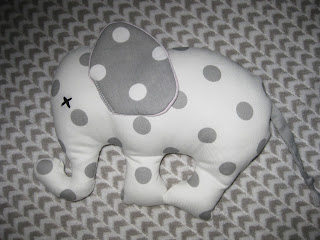I was given this chair from my wonderful friend Patti. She thought I could use it in my bedroom. Well with a little love I could and I did.
This is the condition the chair was in when I received it...
It's has good bones but it needed a bit of love to make it look like this...
Now the "whats" and "how to's!"
Supply List
Flat head screwdriver
Needle nose pliers
Cleaner (I use TSP Cleaner for my painting projects)
Paint
Fabric and trim (I made mine using the fabric and purchased cording)
Staple Gun
Hot Glue Gun and glue sticks
Scissors
Step 1
Removing old fabric
First I carefully removed all tacks and staples. I say "carefully" because you will reuse the fabric as your pattern.
To remove the staples it is easiest using a small flathead screwdriver and needle nose pliers. Get the screwdriver under the staple enough to lift it and pull it out with the pliers.
There must have been over 400 staples to remove, someone was trigger happy at the furniture factory.
Step 2
Prepare surface for painting
After the fabric is removed, clean the wood and prep for painting. I used TSP Cleaner for this project.
Step 3
Prepare your painting area
I wanted to use spray paint and work in my garage but did not want to get paint misting all over the floor and walls. What I came up with was making a painting booth by hanging drop cloths (I save old sheets to use as drop cloths) from my garage door railings and the inside of the garage door with clothes pins. Maybe you can get an idea of what I mean from the below photo.
You will also want to cover the foam or batting that cannot be removed. I used an old towel pinned to the cushion.
Step 4
Painting
Paint your chair whatever method you like best and feel comfortable doing. I used Krylon in Ivory satin purchased at my local Ace Hardware. This paint dries to the touch in 10 minutes. I put multiple coats on in a short time and was able to obtain complete coverage with two cans. Allow to dry overnight before upholstering.
Step 5
Cutting your fabric
Cut out your new upholstery fabric using the old fabric as your pattern pieces. If you have a designed fabric (stripe, floral, etc.) be sure to center your pattern pieces on the design so the design lines up on your seat and back. See the image below from French Garden House.
You will want to line up the stripe in the fabric so that it is centered on the back of the chair and the seat of the chair. If you fold your pattern piece in half down the center, you can place that fold on the center stripe.
Cut out your pattern pieces giving yourself 1-2 inches extra around the pattern as you cut.
Step 6
Stapling your fabric to the chair
This is where the fun begins because you can see how great your chair is going to look.
If you removed any batting or foam be sure to put it back in place before upholstering. I was lucky and could reuse my batting. If yours is mildewy or ruined you can purchase new batting at your local fabric store.
Using staples large enough to go through all layers of fabric but not too large for the job (I used 5/8 inch staples) begin by stapling the seat cushion in the center front, then the center back by pulling the fabric tight before stapling. Be sure to pull the material tight to avoid any wrinkles but not so tight that the fabric gets off centered. Do the same on each side remember to pull as you staple. Continue working around the chair pulling and stapling and alternating the front and back and side to side. Using scissors (or a razor blade) remove excess fabric.
Continue in the same manner for the back of the chair and the arms.
Step 7
Attaching Trim
In this last step you will use a hot glue gun to attach a decorative trim around the edge to cover up the staples.
Once your glue gun is hot and ready, begin in the back of the chair or a hidden spot near a leg. Place a moderate line of glue over the staples and quickly place the trim on the glue. Work in 3-4 inch sections at a time. When you come back around to where you started, cut your trim about 1 inch longer than needed. Tuck under 1/2 inch and glue down over your starting point.
You can use a purchased trim such as braiding or welting. I made my own welting to match my chair by using the techniques from blogger Vidya at What's Ur Home.
Now sit back and enjoy your newly upholstered chair.


















































